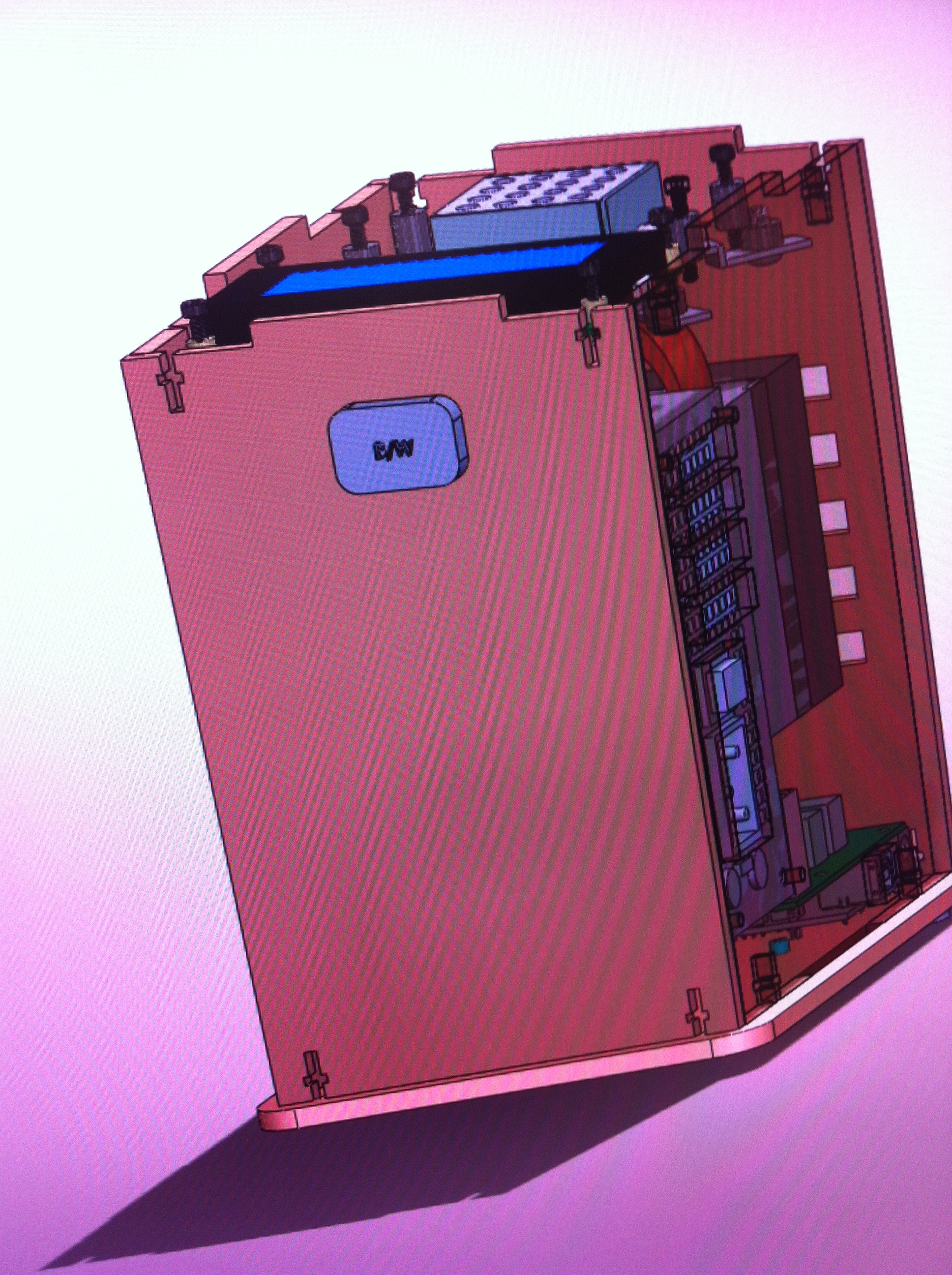BME103:T930 Group 7 l2: Difference between revisions
| Line 101: | Line 101: | ||
'''PCR Protocol''' | '''PCR Protocol''' | ||
Sample: The kit is provided with the PCR reaction mix that contains all the ingredients to amplify DNA, except for the DNA wanted to be replicated. The reaction mix will come in bulk of 2 mL and the user should place 50 uL of the PCR reaction mix into one of the provided test tubes. Subsequently 50 uL of the DNA sample, provided by the user, should be inserted into the test tube containing the reaction mix. This concludes the steps needed to create the sample ready for DNA amplification as this tube will be inserted into the OpenPCR Machine. | |||
OpenPCR Machine: The OpenPCR Machine is provided in the kit and is already assembled for use and it just needs to be turned on. When turning it on there are two options for programming, and eventually receiving the results on, the machine. This can be accomplished by pushing the Bluetooth button on the machine or inserting a USB cord into the USB slot on the machine. If using Bluetooth, the Bluetooth on the user's phone also needs to be turned on and the programming options will open and can be set via smartphone; the same goes for a computer connected via USB cord. The machine must be programmed for five separate steps including the initial, the three various cycles, and the final. Each of these components have a box for inserting the degrees celsius required and the time slot allotted. The initial should be programmed at 95 degress celsius for 1 minute; the first of the cycles is 95 degrees celsius at 10 seconds, the second cycle is 57 degrees celsius at 10 seconds, and the third cycle is 72 degrees celsius at 10 seconds; the final should be 72 degrees celsius at 1 minute. These new, faster, and more efficient times and temperatures are courtesy of personal communication with Dr. Haynes. Once the programming is set, insert the testing tubes into the PCR machine and push start. Displayed on either the phone or computer should be an estimated time duration for how long it'll take to run the DNA amplification. When it's been completed the results will show up on either the smartphone or computer and the experiment will be completed! | |||
Revision as of 21:18, 27 November 2012
| Home People Lab Write-Up 1 Lab Write-Up 2 Lab Write-Up 3 Course Logistics For Instructors Photos Wiki Editing Help | ||||||||||||||||||||||||||||||||||
OUR TEAM
LAB 2 WRITE-UPThermal Cycler EngineeringOur re-design is based upon the Open PCR system originally designed by Josh Perfetto and Tito Jankowski. The B/W part is a bluetooth/wifi sensor. This is to replace the computer. The outside of the Thermal Cycler is now made out of Polyurethane Foam Rigid instead of wood.
The Polyurethane Foam Rigid is a better material to help keep heat in when the Thermal Cycler is heating up and keep it cool when the Thermal Cycler is cooling down. This helps it to heat up faster and cool down faster, thus promoting faster cycles. Instructions
ProtocolsMaterials
PCR Protocol Sample: The kit is provided with the PCR reaction mix that contains all the ingredients to amplify DNA, except for the DNA wanted to be replicated. The reaction mix will come in bulk of 2 mL and the user should place 50 uL of the PCR reaction mix into one of the provided test tubes. Subsequently 50 uL of the DNA sample, provided by the user, should be inserted into the test tube containing the reaction mix. This concludes the steps needed to create the sample ready for DNA amplification as this tube will be inserted into the OpenPCR Machine. OpenPCR Machine: The OpenPCR Machine is provided in the kit and is already assembled for use and it just needs to be turned on. When turning it on there are two options for programming, and eventually receiving the results on, the machine. This can be accomplished by pushing the Bluetooth button on the machine or inserting a USB cord into the USB slot on the machine. If using Bluetooth, the Bluetooth on the user's phone also needs to be turned on and the programming options will open and can be set via smartphone; the same goes for a computer connected via USB cord. The machine must be programmed for five separate steps including the initial, the three various cycles, and the final. Each of these components have a box for inserting the degrees celsius required and the time slot allotted. The initial should be programmed at 95 degress celsius for 1 minute; the first of the cycles is 95 degrees celsius at 10 seconds, the second cycle is 57 degrees celsius at 10 seconds, and the third cycle is 72 degrees celsius at 10 seconds; the final should be 72 degrees celsius at 1 minute. These new, faster, and more efficient times and temperatures are courtesy of personal communication with Dr. Haynes. Once the programming is set, insert the testing tubes into the PCR machine and push start. Displayed on either the phone or computer should be an estimated time duration for how long it'll take to run the DNA amplification. When it's been completed the results will show up on either the smartphone or computer and the experiment will be completed!
Research and DevelopmentBackground on Disease Markers SNP: rs74315509
| ||||||||||||||||||||||||||||||||||


